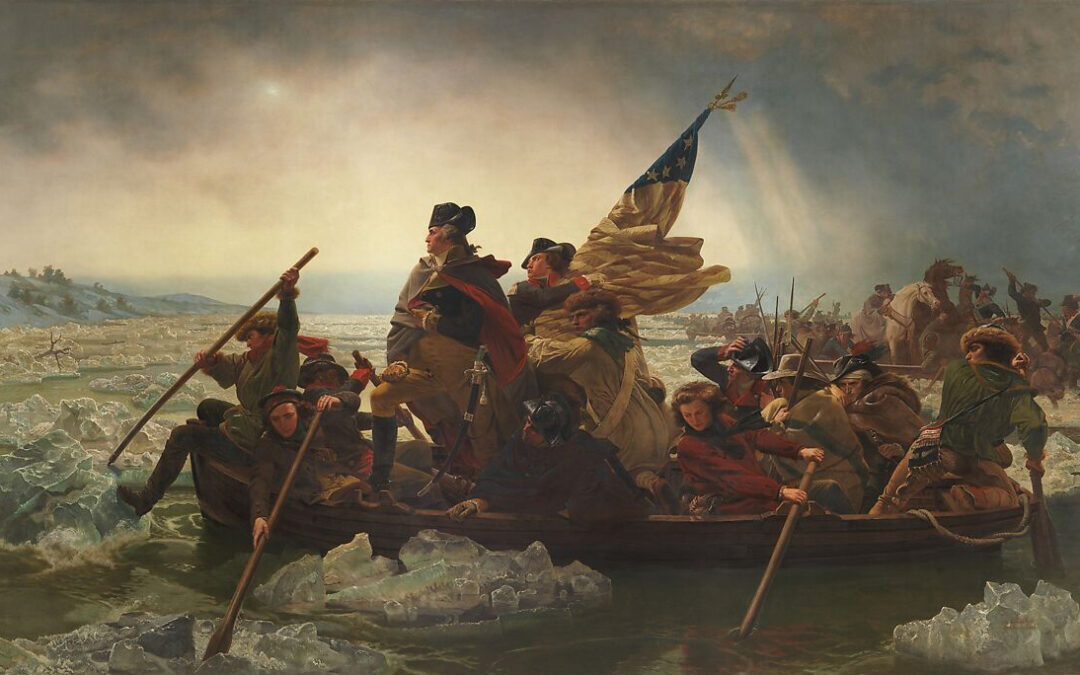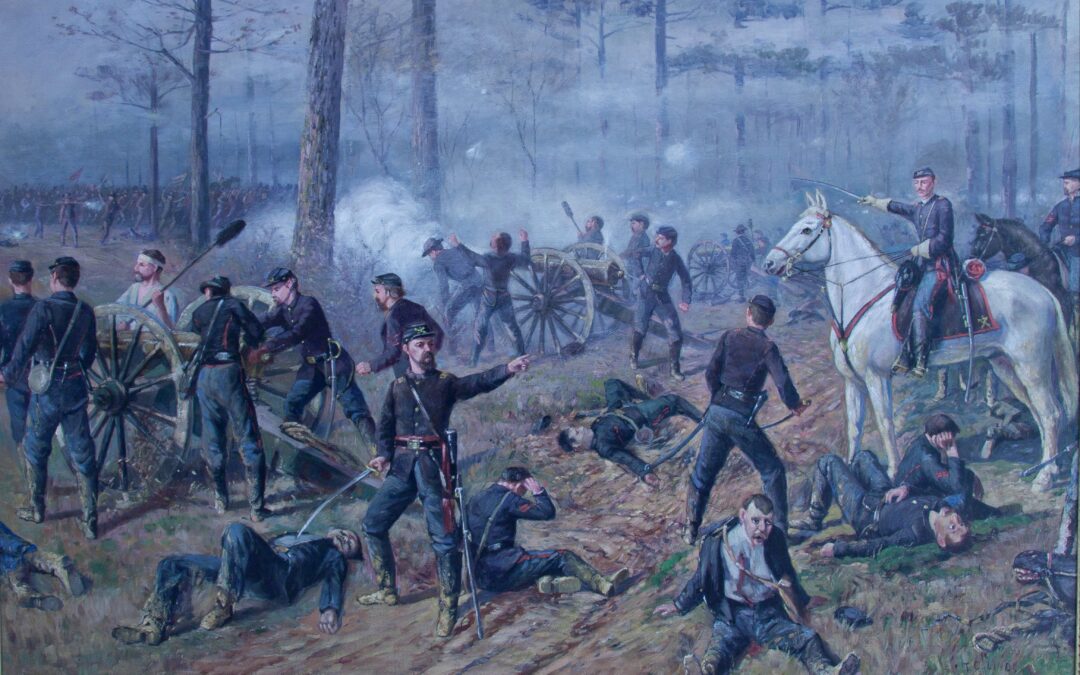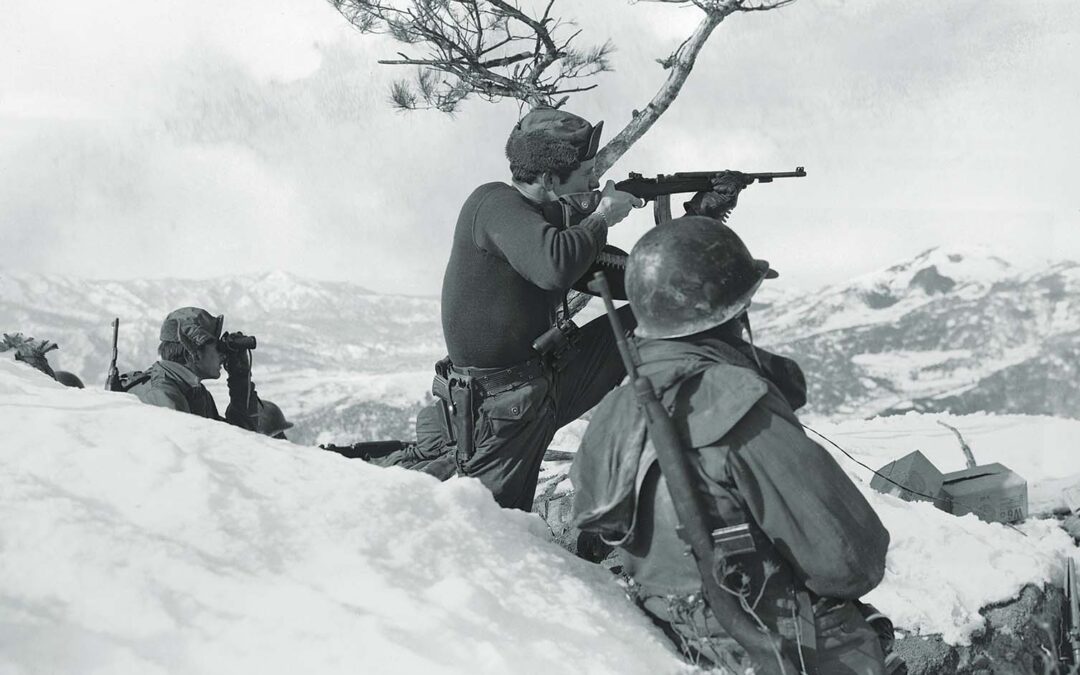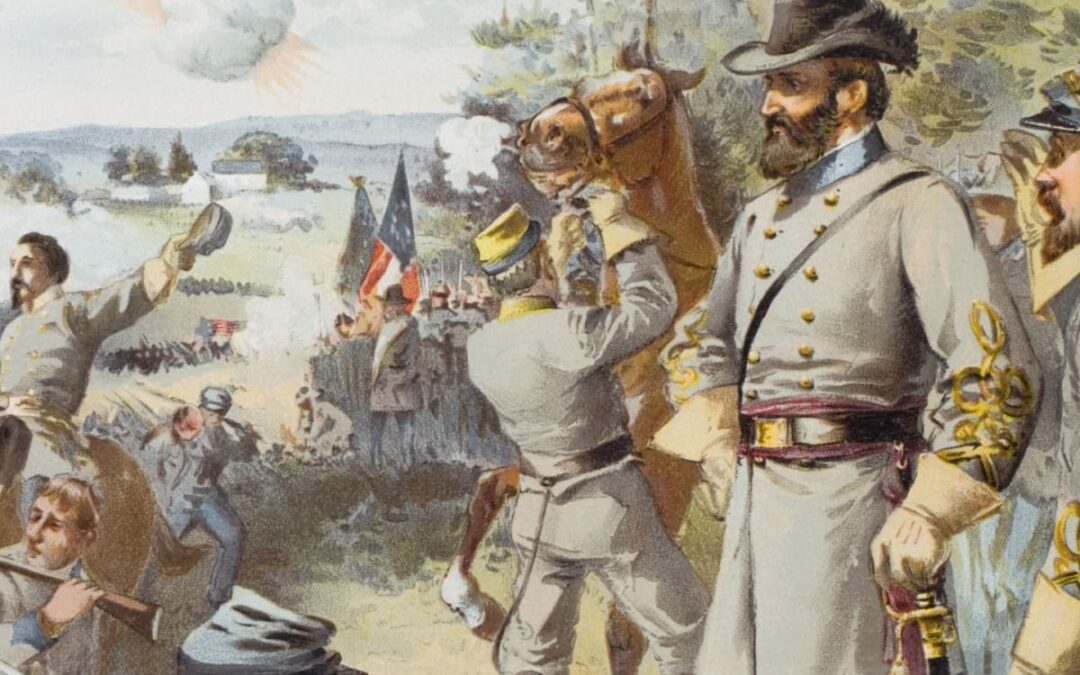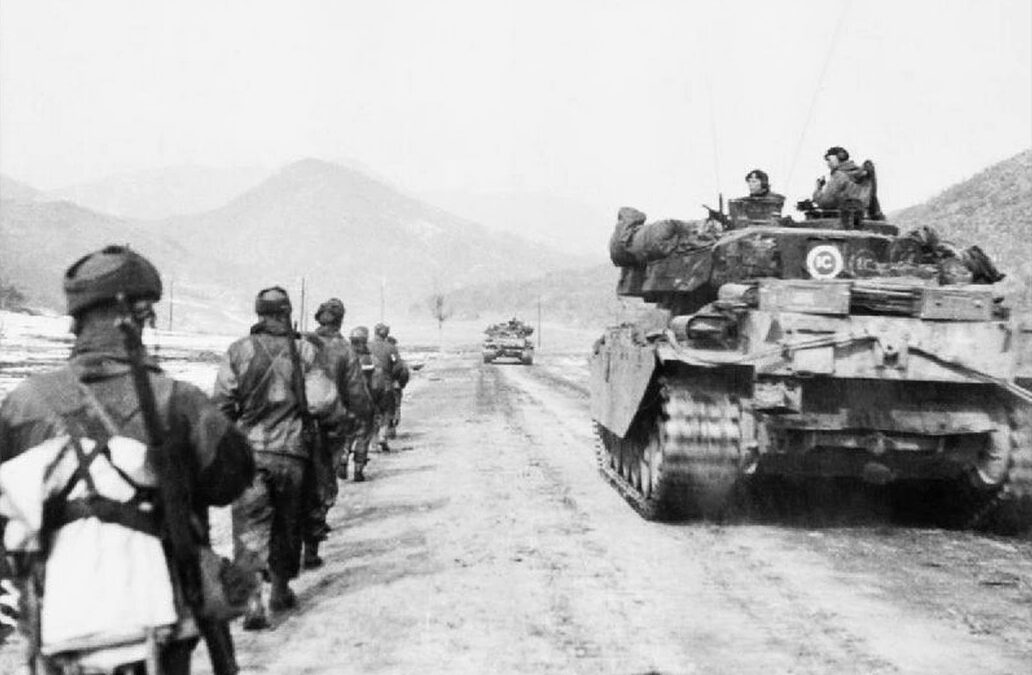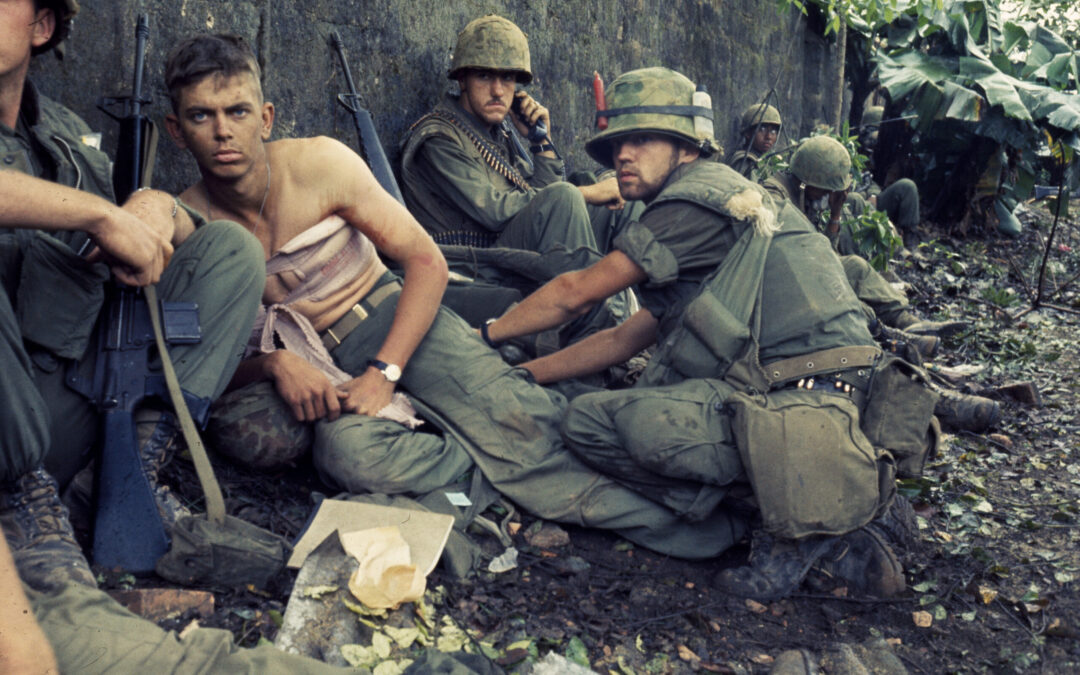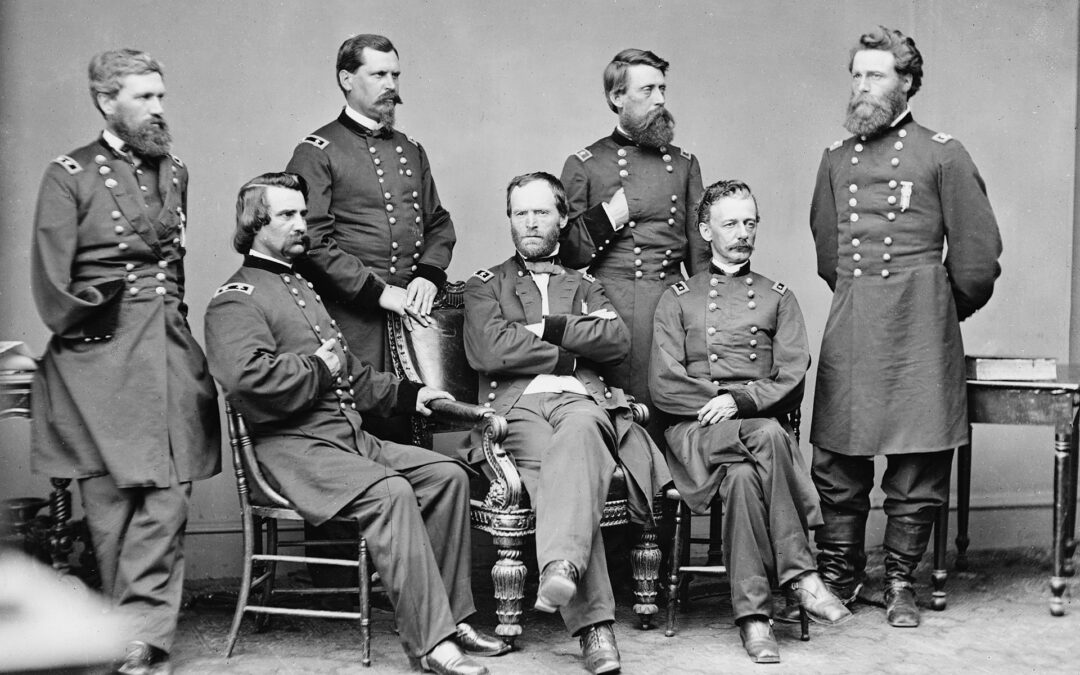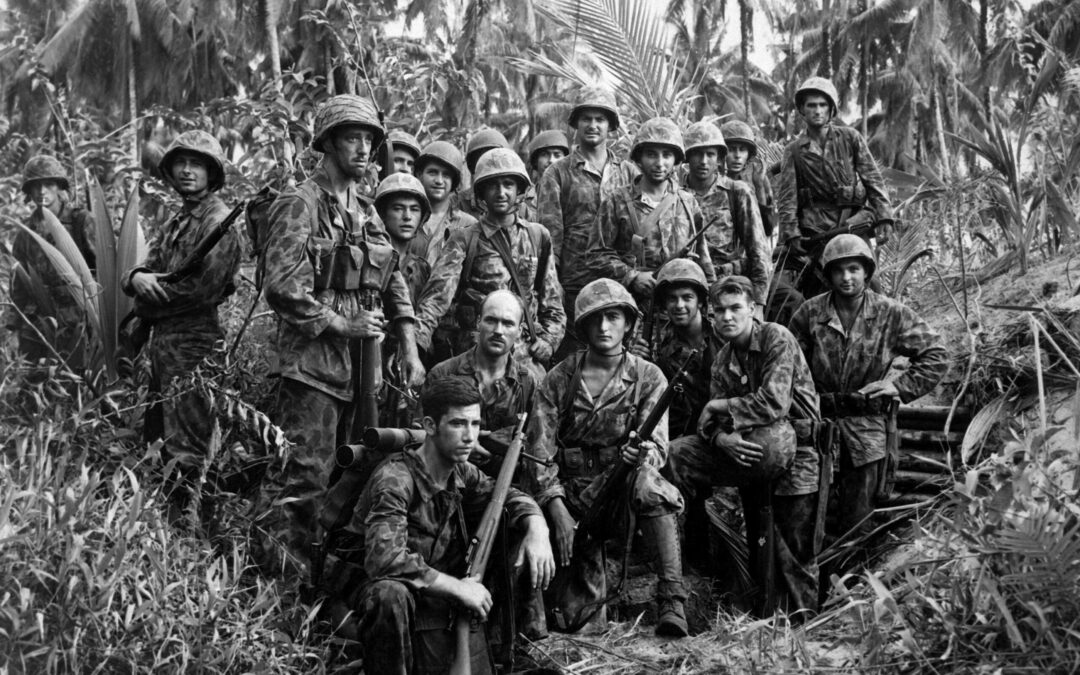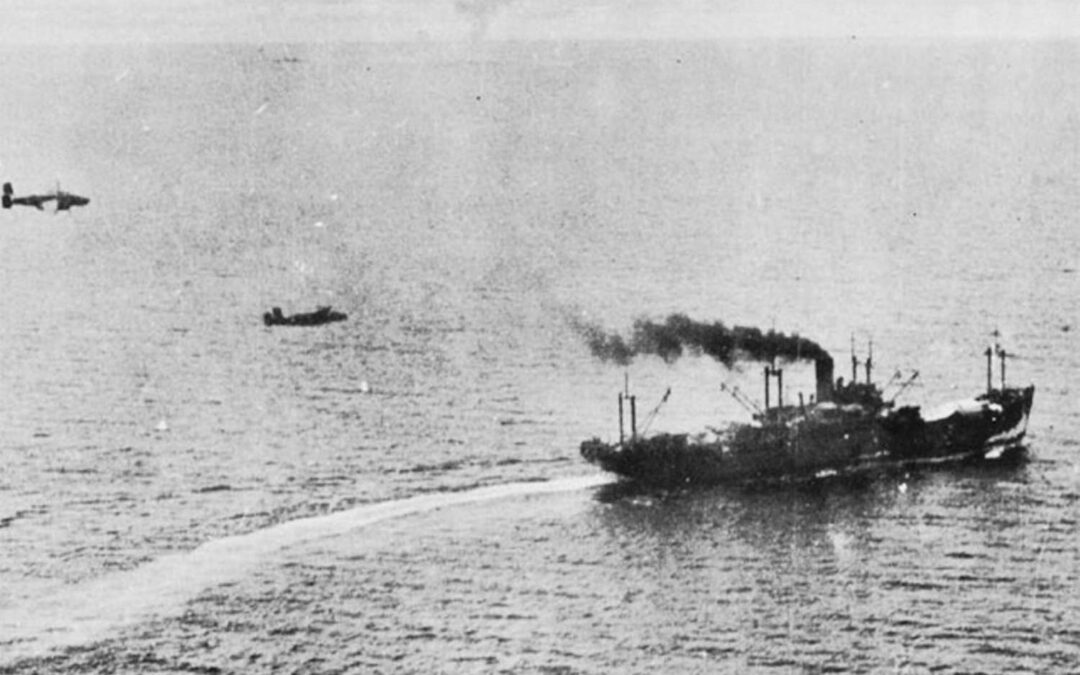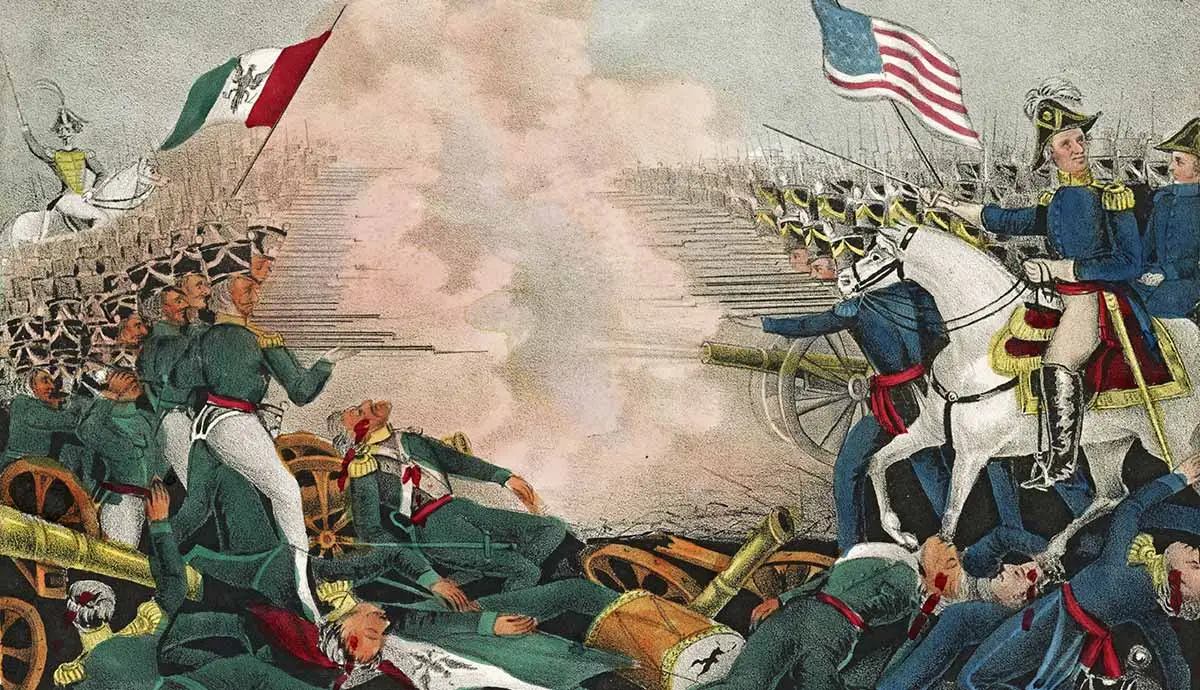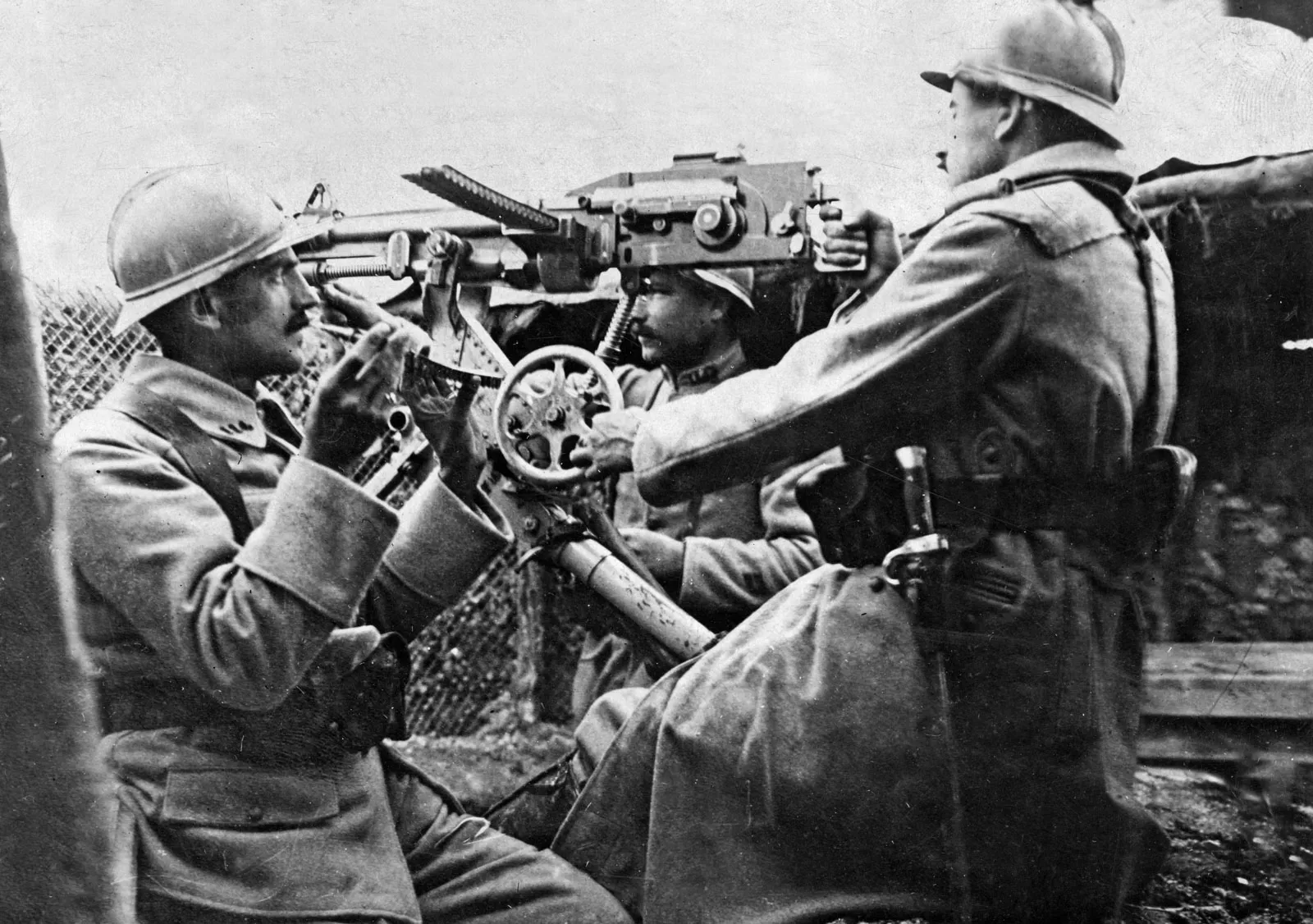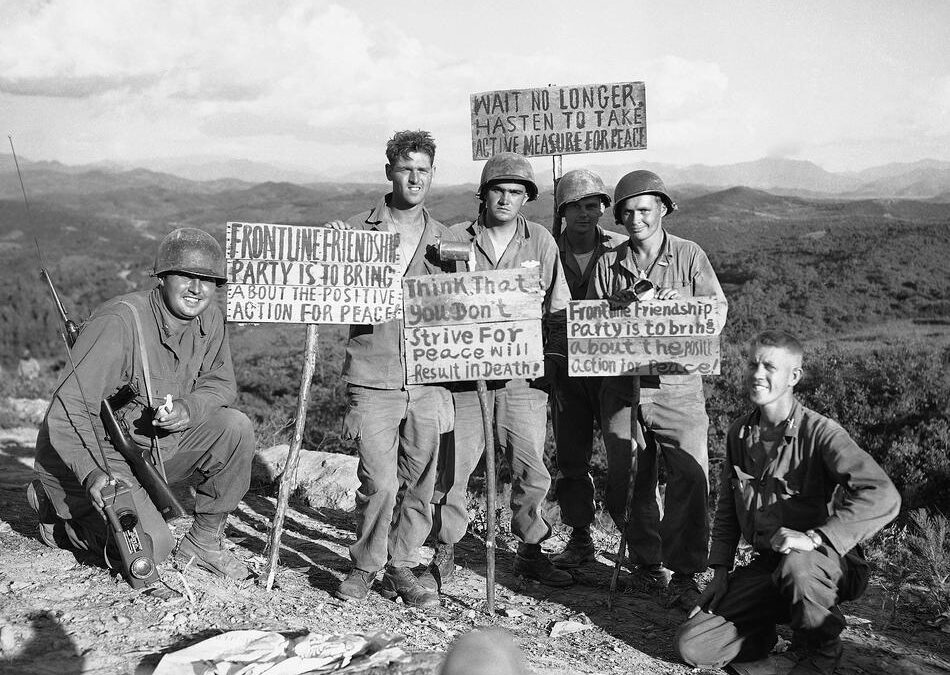The American Revolution did not start off the way the Americans had hoped. By Christmas night, 1776, morale was lower than it had ever been. The British Army had captured New York the previous summer, and men were beginning to desert as Washington's Army camped across the Delaware River from occupied Trenton (Washington Crossing the Delaware), New Jersey. What men Washington had left were largely inexperienced, as most of the veterans from the Battle of Long Island went home when their enlistments were up. Even Washington himself was unsure of the near future. All was not lost, however. He did have a few factors in his favor. For starters, his forces outnumbered those of the Hessian mercenaries who occupied Trenton. He also had a solid intelligence source inside Trenton, providing information on the numbers, movements, and dispositions of the enemy. Washington decided to craft a perfectly-detailed attack that would surprise the Hessians and give the Americans a badly-needed...
